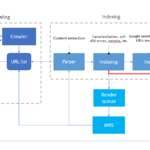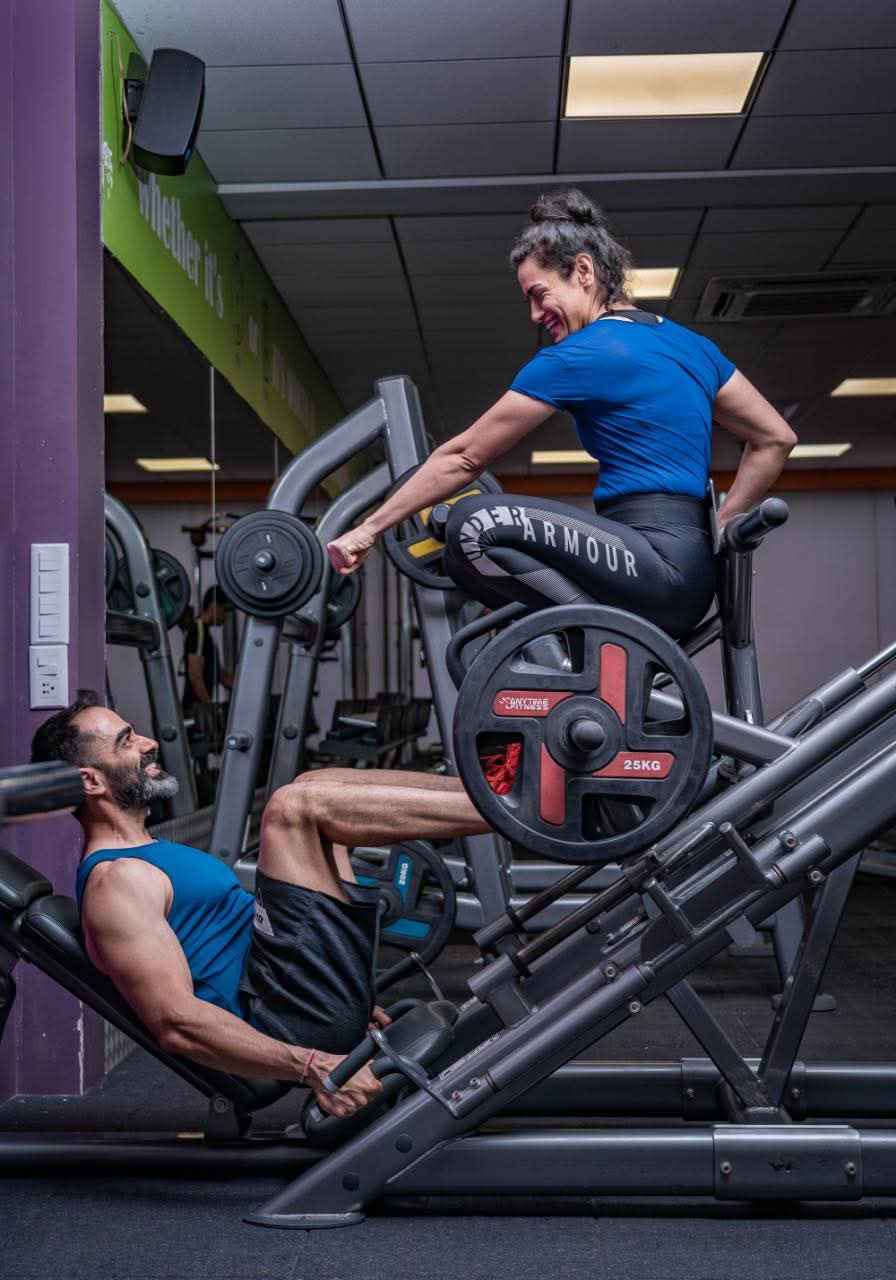Injury Prevention, Rehabilitation, and Resuming Workouts: A Comprehensive Guide
By Ashima Kapoor, Fittr Coach
Injuries can be a frustrating and disheartening part of any fitness journey, whether they occur in the gym, at home, or during sports activities. As a Fittr Coach, I understand how essential it is to manage these setbacks effectively and get back on track with your fitness goals. Here’s a structured guide to help you through injury prevention, rehabilitation, and resuming your workouts.
Immediate Actions: The RICE Method
When you first experience an injury, it’s crucial to act quickly. The RICE method can help alleviate initial pain and inflammation:
- Rest: Avoid using the injured area to prevent further damage.
- Ice: Apply ice to reduce swelling and numb the pain.
- Compression: Use an elastic bandage to support the injured area and reduce swelling.
- Elevation: Keep the injured area elevated above heart level to minimize swelling.
Medical Evaluation
Seeking professional help is vital for a proper recovery:
Consult a Healthcare Professional: Visit a physician, physiotherapist, or sports medicine specialist to diagnose the injury accurately and receive a tailored rehabilitation plan.
Imaging: Depending on the severity, X-rays or MRIs may be necessary to assess the extent of the injury.
Rehabilitation Plan
Rehabilitation is a step-by-step process that includes three distinct phases:
Phase 1: Acute Phase
- Focus on reducing pain and inflammation.
- Gentle range of motion exercises may be introduced as pain allows.
Phase 2: Recovery Phase
Strengthening Exercises: Gradually add exercises to rebuild strength in the injured area. Start with low resistance and increase slowly.
Stretching: Incorporate stretching exercises to restore flexibility.
Phase 3: Functional Phase
- Sport Specific Training: Begin returning to activities, focusing on proper form and technique.
- Balance & Coordination: Include exercises to improve stability and balance.
Additional therapies, such as massage therapy, acupuncture, or chiropractic care, might also be beneficial for some individuals.
Preventing Future Injuries
To avoid future setbacks, consider these preventive measures:
- Proper Technique: Ensure you’re using correct form during exercises.
- Warm Up and Cool Down: Always start with a proper warmup and end with a cooldown to prepare your body for exercise and aid recovery.
- Progress Gradually: Increase the intensity of your workouts slowly to avoid overuse injuries.
- Listen to Your Body: Pay attention to any signs of discomfort or pain and adjust your activities accordingly.
Conclusion
Injuries can be challenging, but with a structured approach to rehabilitation and injury prevention, you can return to your fitness routine stronger and more resilient. Remember to seek professional advice for accurate diagnosis and personalized rehabilitation plans. Set realistic goals, monitor your progress, and stay positive.
Wishing you a speedy recovery and a healthy, active life!
Stay Fit, Stay Strong!
By Ashima Kapoor
Fittr Coach









